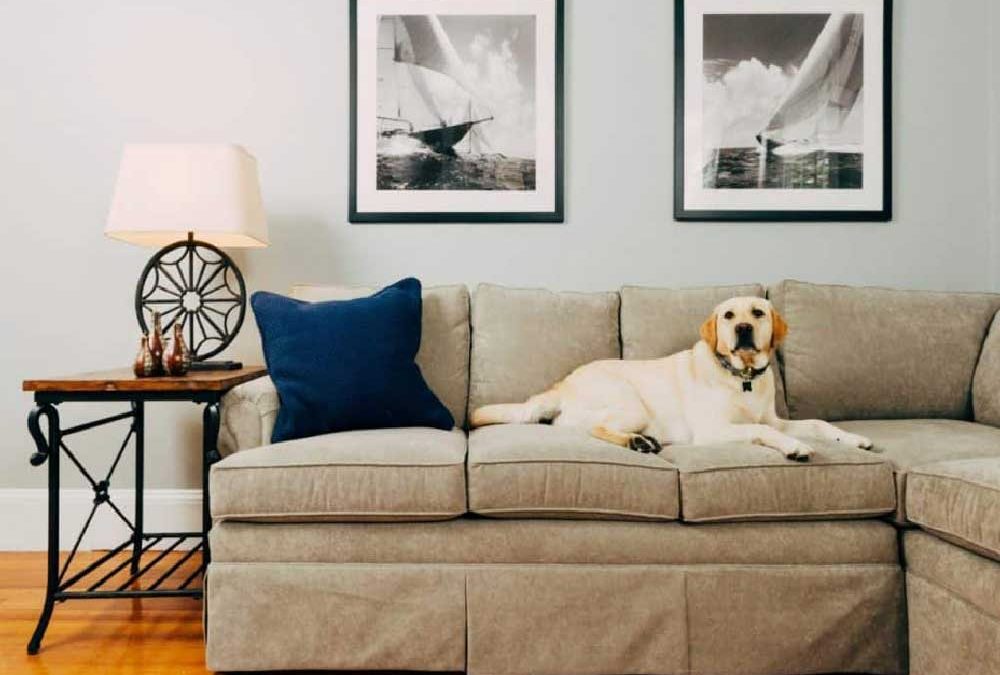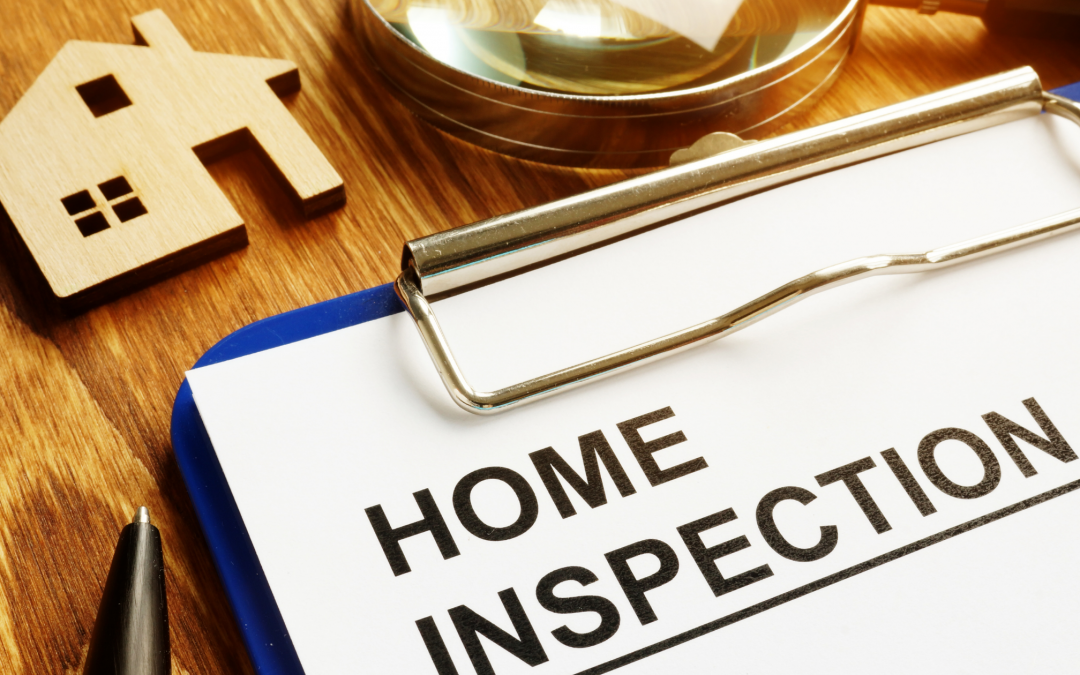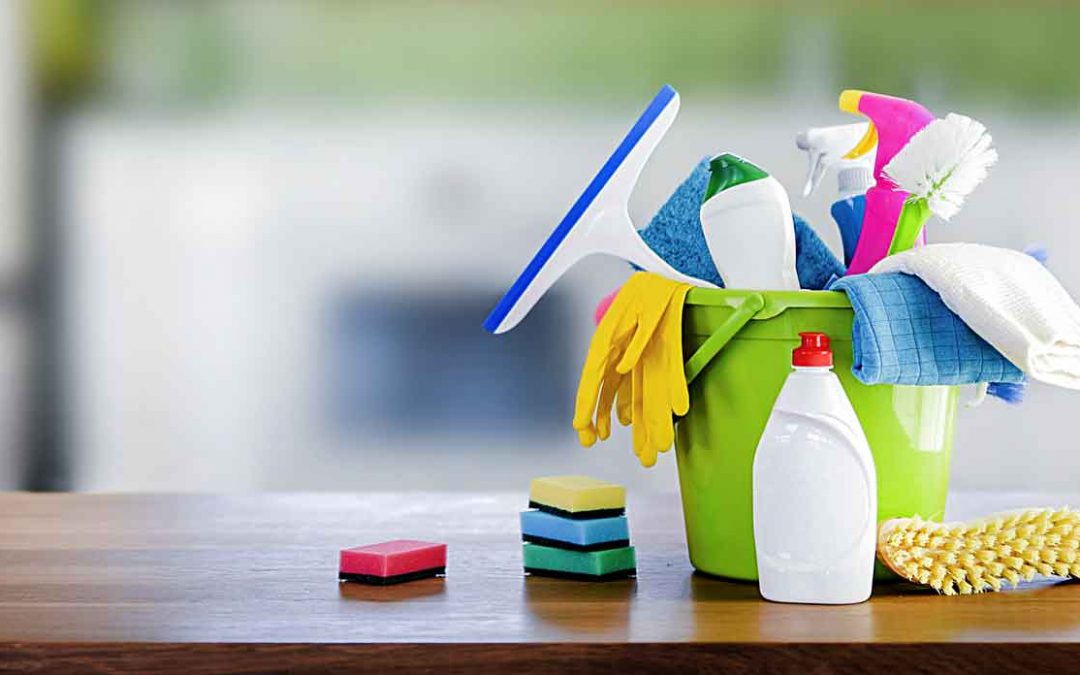
by Emily McGovern | Nov 11, 2020 | Tips & Advice
Have you been stressed out with design choices in your home? In theory, interior design is one of the most exciting endeavors of renovations, but oftentimes, it becomes the most nerve-racking. We asked our highly-rated interior designer Melanie Murphy, who is sharing her top secrets about making your dream home a reality (stress-free…phew)!
THE DO’S AND DON’TS OF INTERIOR DESIGN
Melanie shared her ideas of what to avoid and consider when redesigning a home while leaving creativity aspects up to the homeowner. Here’s what she has to say about the focal points of your home-
The Living Room
- Avoid: Sterile looking decor comes off as uninviting. For example, although wood blinds are desirable in theory, they add a sense of institutionalism that takes away from the cozy feel of a living space.
- Consider: Incorporate custom fabrics instead of filling your living space with trinkets or unnecessary decor. Custom fabrics give your home a sense of individuality without the clutter, and these fabrics could include rugs, pillows, or window treatments.
The Bedroom
- Avoid: Stray away from placing accent walls on busy surfaces. Your accent wall should be on a solid surface, with minimal obstructions.
- Consider: Create balance among your space by mirroring your decor elements. For example, lamps, night stands, and accent chairs should all be purchased in pairs. This suggests a sense of cohesiveness, and makes your room feel more complete. This same idea of balance can be used in other spaces in your home.
The Bathroom
- Avoid: Don’t follow trends, as most can change within a few years. Instead, attempt to create a timeless design for the most longevity.
- Consider: All white, tranquil bathrooms will give you a sense of longevity and peacefulness. Try to create a space that resembles a spa. If you would like to include color, try to incorporate colorful fabrics or decor. This could mean window treatments, shower curtains, or plants. Black framed photos with white backdrops are the most favorable decor for white bathrooms.

The Kitchen
- Avoid: For functionality, avoid placing your dishwasher arbitrarily. Place your dishwasher next to your sink to avoid frustration in the future.
- Consider: Be creative with your backsplash! Include some sense of individuality or personality into your design. For example, moroccan tiles or colorful and detailed designs create a captivating atmosphere without breaking the bank.
A Cohesive Space = Happy Homeowner
To create a cohesive space, buy furniture that is all within 5 inches of one another. For example, your couch shouldn’t be 15 inches taller than your accent chairs. Avoid gray walls as well! Once a popular color, greige has become another trend that adds a sterile feel to your home. If you’d like to incorporate gray, try neutral walls with small doses of gray in your decor items. In the kitchen, for example, white walls with gray countertops is a timeless look that is popular by demand.
According to Melanie, the most requested design is minimalism. To achieve this, keep your decor to a minimum, and embrace adding your creativity in artwork or fabrics. Artwork is one of the best ways to add individualism and color to a space, while keeping clutter to a minimum. For smaller rooms, add mirrors to give the illusion of bigger spaces. To create a statement, opt for black fixtures around your home. Items like door handles, faucets, and shower heads make for bold features that coordinate well with their surroundings.
Conclusion
If you’re still stressed about designing your home, consider hiring an interior designer. Prices can be very affordable, depending on what you ask of your designer. By choosing a professional for help, you may save yourself time and energy when designing your home. Professionals also have access to furniture and design stores not normally available to others, which allows you to further customize your space. To choose your interior designer, do your research! Check out portfolios and social media online, and consult with different designers to find how they can best help you.
Designing your home doesn’t have to be stressful or expensive. Find inspiration through websites like Pinterest, and make your home your own!
Contact Melanie through the domii app or take a look at https://www.melaniemurphyinteriors.com/
Blog Authors Emily McGovern, Jenna Gagnon, and Allyson Melo.

by Margo Bowie | Oct 6, 2020 | Tips & Advice
In a hot real estate market, buyers often have to fight their way into their dream home.
Given the speed of the market, finding a home inspector who isn’t booked for multiple weeks may be difficult. Some home contracts may state that you have only a set amount of time for an inspection to be completed – or you may have to waive your home inspection. If your realtor is unable to help you find an inspector in a pinch, you might wonder is it ever okay to waive your home inspection?
Depending on the age and condition of the home, this may be more or less risky for you – the home buyer.
The Risks of Waiving Your Home Inspection
The purpose of home inspections to be aware of any major issues within the home you are looking to purchase. Your home is an investment and likely the most expensive purchase you’ve ever made. A home inspector can help you identify any costly repairs that may change your mind or the amount you’re willing to spend.
You spend a couple of hundred dollars for a certain peace of mind that could save you tens of thousands of dollars. Many pricey home repairs may not be something that you can see without a home inspector – mold, water damage, HVAC damage – etc… all that can be pricey after you’ve already invested in your home.
Many realtors don’t think it’s appropriate to advise a buyer to waive their inspection without explaining the risks. A waived inspection may be perceived as a better offer increasing the chances of acceptance, however, if you find out that the home has a huge defect upon move-in, this is hardly a win for any party as it puts your realtor/broker at risk, and depending on the state you’re in, the seller may be on the hook for costly repairs that weren’t disclosed. This is hardly an ideal situation for any party.
How to Avoid Waiving a Home Inspection
There are other strategies aside from just waiving your home inspection. Obvious options are offering a higher purchase price and/or a larger deposit. You could also offer an inspection contingency or a mortgage contingency. However, your realtor may have other suggestions such as a faster closing, larger deposit, that may be less risky for you as a buyer.

by Emily McGovern | Mar 28, 2020 | Tips & Advice
You finally purchased your new home with a real estate professional that you found on Domii. Here at Domii we are excited for you and can’t wait to see the before and after photos you post – be sure to tag @domii. One of the best parts of finding, buying, and moving into your dream home is the fun of starting with something fresh and new.
Pro-Tip 1: If you have the budget hire a professional cleaning company to do a complete deep-clean before you move in – Consider it!
Hiring a professional cleaning company can be a great investment in your new home. Letting a professional cleaning service shoulder some of the burden of cleaning your new home can expedite the move-in process and let you focus on the logistics of your move-in. Many companies can complete a home in one day. That can be important in deals with tight timelines.
Pro-Tip 2: If you don’t have the budget for a professional deep-clean don’t fret!
With some elbow-grease and great tunes you can accomplish the same goal (a clean house!) and spend some time learning about your new dream home. Follow these simple steps to a beautiful clean home!
Pro-Tip 3: Start with the biggest gathering spot in any home – the kitchen.
Focus on the kitchen as a whole and work top to bottom. Take the time to wipe down the ceiling and clean up any yucky spots now. Next go cabinet by cabinet. Wipe down the interior and exterior paying attention to those handles and nooks in the back. Then comes your countertops. Lastly, the floors. Work from one side to the other and when you finish stand back and admire your hard work!
Pro-Tip 4: Be sure to buy the correct cleaning products for each surface type in your home. Some products may cause damage to certain surfaces and that is no way to start off life in your new home!
Many home improvement stores can offer recommendations as to what to buy and how to clean your new home. Be sure to ask questions and don’t be afraid to follow-up. Sometimes new products will hit the market and it doesn’t hurt to check in from time to time.
Pro-Tip 5: Clean by room type not by location. Meaning clean all the bathrooms at once, vacuum all the floors at once, or sweep all the floors at the same time, etc.
By using the same supplies, you will find shortcuts and become more efficient as you work through the process. By organizing your room types, rather than working from one end of your home to another you will accomplish the job faster.
Pro-Tip 6: Start with the largest bathroom and finish with the smallest.
Clean the bathrooms methodically from back to front. Don’t forget to finish any glass surfaces with a glass cleaner to remove any leftover film that will instantly make your bathroom look dirty. End with the floors, again making sure to use the recommended cleaning products for each surface type. Starting with the largest bathroom and finishing with the smallest will make the job feel less overwhelming and easier to finish.
Pro-Tip 7: Follow that same principal with the bedrooms and work from the largest to the smallest.
Pro-Tip 8: Don’t forget about the windows!
Clean windows will make any home feel bright, light, and airy. A clean home is a happy home. Domii is thrilled to have been a part of your new home buying experience and we look forward to the photos. Congratulations on finding your way home with Domii.

by Emily McGovern | Mar 8, 2020 | Tips & Advice
Deciding to become a first-time homebuyer is an exciting opportunity to plant your roots and build a life. However, there can be a few things that will make the process easier, more straight-forward, and fun.
Here a few TIPS:
#1 – Attend multiple open houses
#2 – Write down “Must Have” and “Definitely Don’t Want” Lists
#3 – Watch out for Hidden Costs
#4 – Decide how much House you can afford
#5 – Explore your options for financing
# 6 – Pull and review your credit report
#7 – Research the Neighborhood
#8 – Plan for the Future
#9 – Have Fun
Tip 1:Attend multiple open houses to build a Pro/Con list – Sometimes walking through a property will quickly help you to find out what you love and what you don’t. Take the opportunity early in the process to do you own “in-the-field” research. There is nothing like first hand experience to help solidify what is important to you.
Tip 2: Write down a “Must Have” and “Definitely Don’t Want” list but remember to BE FLEXIBLE – paint color and floors can be easily changed – watch out for the big-ticket items (like appliances and electrical issues). Be sure to budget!
Tip 3: Watch out for those HIDDEN Costs like closing costs, inspections, and commissions. Those costs can add up quickly and end up leaving a first-time homebuyer with more debt than they were expecting right out of the gate.
Tip 4: Decide how much house you can afford – sit down and write out your monthly budget and decide BEFORE you start looking how much you can afford. There is nothing worse than falling in love with a potential home and discovering that it is outside of your price range. Be sure to give your real estate professional this information so they can bring you to the best properties that are the best price for you. Domii can help you find trusted real-estate professionals today!
Tip 5: Explore your options for financing as there are lots of options for loans. Be sure to find a loan officer who will work with you to find a loan that works FOR YOU!
Tip 6: Pull your credit report and review it line-by-line to ensure accuracy. Be prepared to contest anything that might be misreported.
Tip 7: Research the neighborhood you are looking at purchasing in and do your due diligence. Drive by at different times of day to see what the traffic patterns are like, review the crime statistics, research the schools (even if you don’t/aren’t going to have children) as schools can affect resale value, and don’t stop until you feel comfortable.
Tip 8: Plan for the FUTURE. Be sure to buy the home for TOMORROW and not for today. Things can change very quickly, and you don’t want to end up in a property that is too small or too big – look for homes that you can see yourself in for the next decade. Look forward to what that home will become FOR YOU!
Tip 9: HAVE FUN! This process can be stressful and overwhelming. Remember even when it feels like you will never find your home that you have a real estate professional ON YOUR SIDE helping to find your dream home. Enjoy the ride and make sure to tag #domii when you buy your first home. Domii can help you find your perfect home today!










